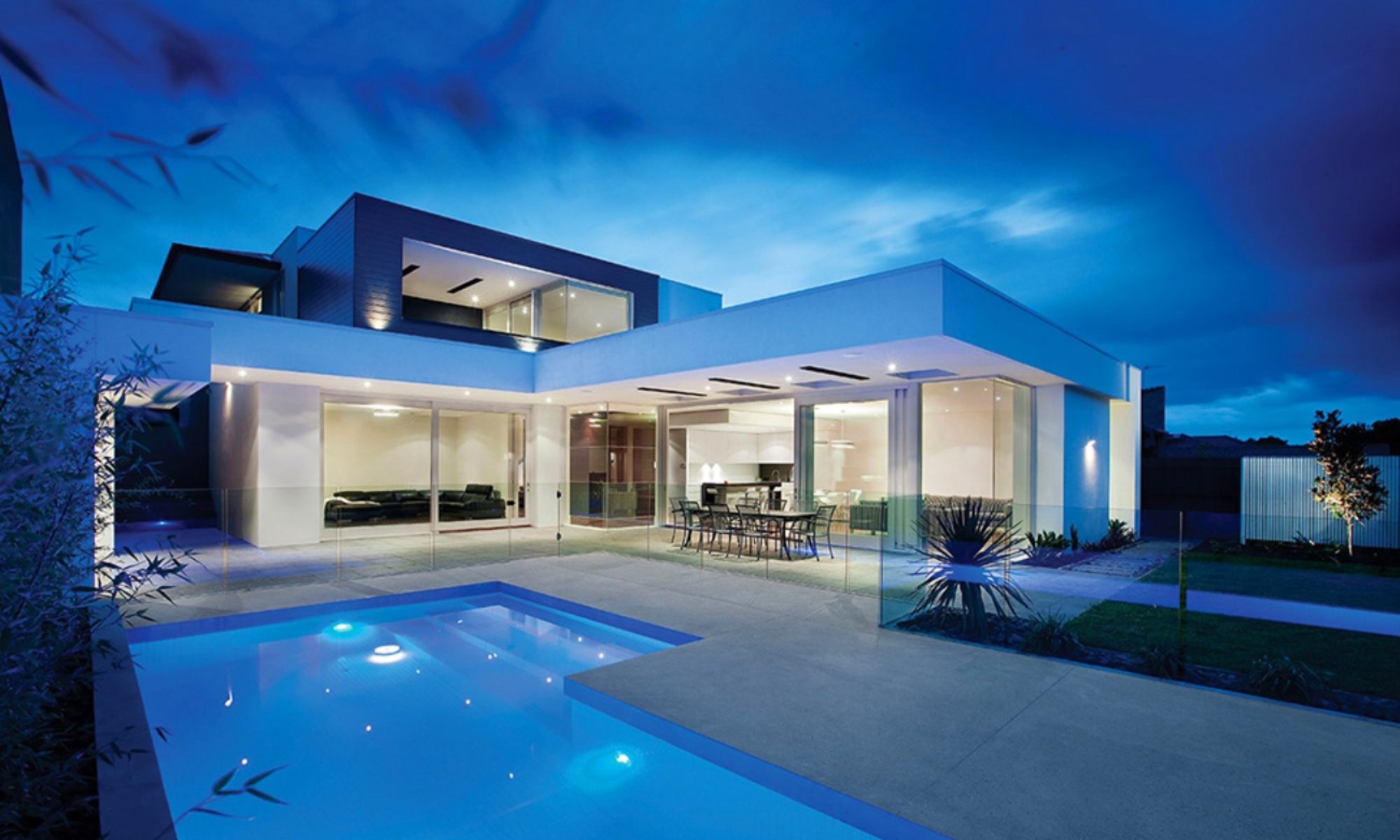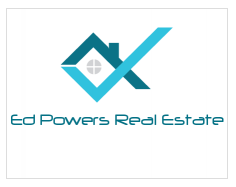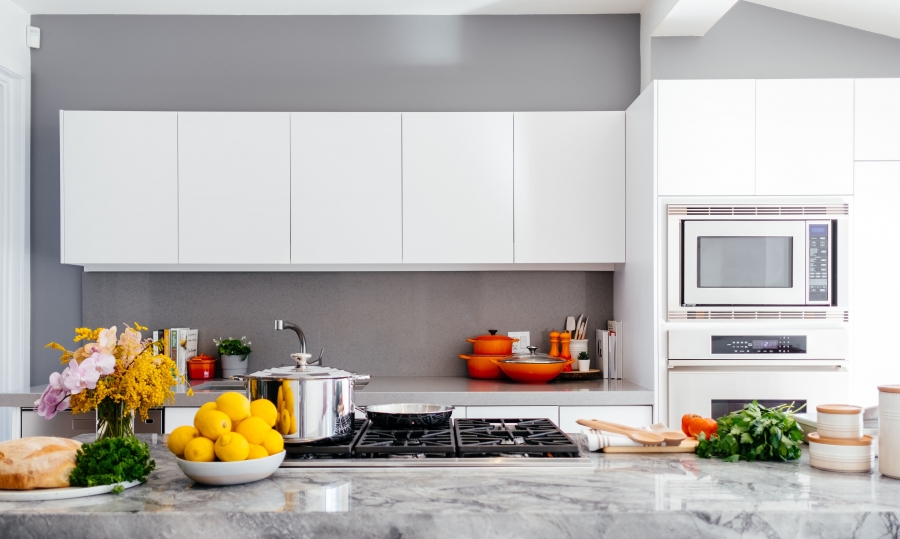House flipping is one business where it pays to find the cheapest ways to transform a living space. Although you never want to cut corners on quality, you can cut your expenses down by focusing on renovating the rooms that really matter. Buyers today often choose homes that they know might need a little fixing up such as the garage. However, they do tend to prefer homes that already have the necessary rooms remodeled so that they can begin enjoying it right away. Focusing on these areas of the house will make it easier to flip it fast once you put it on the market.
Create a Multifunctional Spare Room
Many homes today have a spare room that tends to be slightly smaller than the others. In older homes, this room might have once been used as a sitting room to visit with guests. Newer homes often advertise this room as an office. Since the room is smaller, it is easy to do a fast renovation such as adding a fresh coat of paint. You can also upgrade the windows and add a decorative door that allows it to be used for anything from a home office to a kid’s playroom.
Cook Up a Sale with a Gorgeous Kitchen
Today’s modern open floor plans make it impossible to hide a poorly designed kitchen. In most cases, you can expect that the kitchen will be one of the first things that buyers will ask to see. Even when a kitchen is hidden from public view, buyers want to know that they’ll have a comfortable place to prepare meals and gather with their friends. Kitchen remodeling is a must for any time that you are flipping a house. Upgraded countertops, cabinets and floors go a long way toward getting people interested in your house.
Dazzle Buyers with a Stunning Master Bathroom
The master bathroom falls close to the kitchen when it comes to areas that people notice. Check out the hottest bathroom trends before you plan a remodel, and try to incorporate a few into your plans. Adding double sinks or a soaking tub will have buyers imagining themselves relaxing in the spa-like space at the end of a long, hard day.
There is an art to making money as a house flipper. Learning where to save on costs and when to invest is as simple as understanding the preferences of the average buyer. When you think about it, it just makes sense to spruce up the areas of a house where people spend the most time. Choosing to upgrade a kitchen or bathroom may require a little extra work, but it can pay off by giving you a much higher profit margin in the end.
Message me if your thinking about buying or selling a Fort Collins or Loveland home at m.me/EdPowersRealEstate








